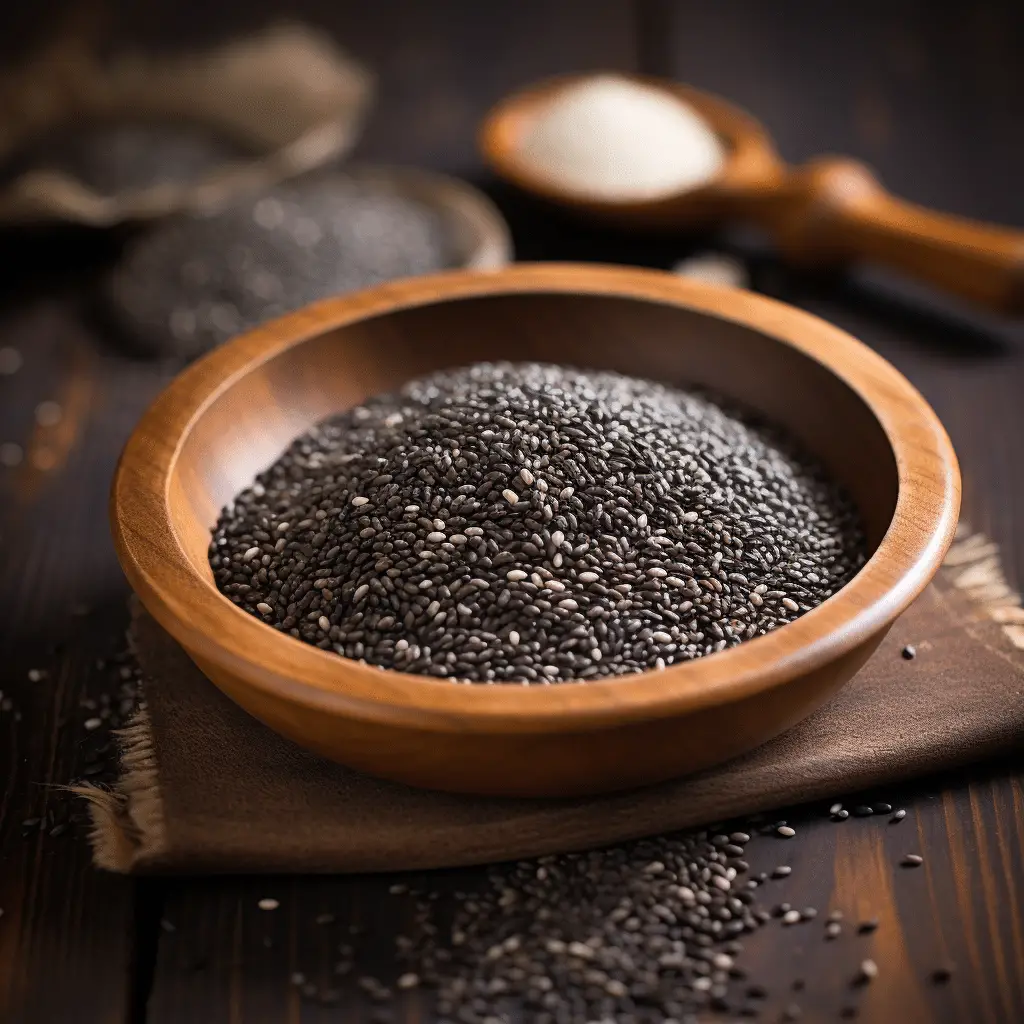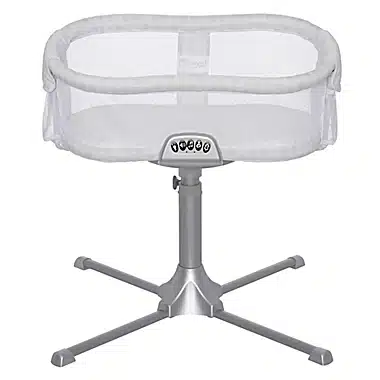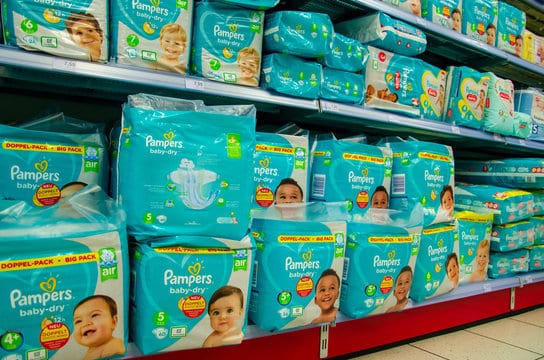Chia Seeds Expire? Signs of Spoilage
Almost everyone is crazy about chia seeds, health enthusiasts, yoga instructors, homemakers, etc. Some use it for baking, while others add it to foods, yogurts, and smoothies, among other drinks. All these people use for one sole reason – to get health benefits.
Chia is a plant originating from Mexico and is related to the mint plants, but it smells nothing close to mint leaves. The seeds are edible and highly nutritious. They are rich in antioxidants and have a mild nutty flavor. They are also used in small amounts when cooking, like half a teaspoon in 500 ml yogurt. Meaning a package of can take a long time before it’s finished. This may leave you wondering, do chia seeds expire? Read on!
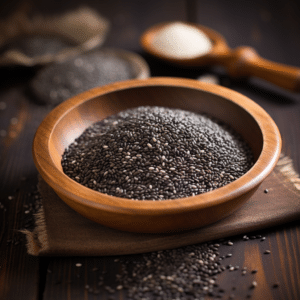
Do Chia Seeds Expire?
Although chia seeds have a long shelf life, they eventually do expire. are rich in antioxidants that contribute significantly to their health profile and longevity. They also contain fats – omega-3 fatty acids. These fats go rancid over time, especially when poorly stored, making the seeds go bad.
Fat rancidity is the oxidation of fats which brings changes to chia’s taste and smell. The process also makes chia seeds lose their nutritional properties, making eating them meaningless.
When stored correctly, can last for years. That’s about 1 to 2 years at room temperatures and 5 to 8 years in the fridge. Once the time lapses, your deteriorate and become spoilt. So, how do you know your are spoilt?
How To Tell If Chia Seeds Are Spoilt
A few tell-tale signs can let you know it’s about time to discard your favorite seeds. Look out for these signs to establish whether your chia seeds are safe to eat or they’re expired.
Smell – smell is one of the most obvious signs of bad chia seeds. Fresh have a nut-like aroma. So, if the chia seeds have a weird or strange smell, discard them.
Taste – this is another reliable way of detecting the state of chia seeds. Fresh have a mild, neutral, but recognizable nutty flavor. If you notice a bitter flavor in the they have probably become contaminated, rancid, or infected with bacteria. Therefore, don’t eat them.
Texture – chia seeds are usually dry. So, if your feel slimy or stick to your fingers when you take them out of their bag, they have gone bad and are unsafe to eat.
Lumping – chia seeds start forming lumps when they expire, or become rancid or moldy, affecting their safety. To check for lumping, open the seeds’ jar and shake it. If you find the seeds sticking to one another, walls, or becoming stuck at the bottom, they’re bad and should not be consumed.
Mold – molds thrive in moist, dark, and warm environments. So, exposing your to moisture makes them susceptible to developing mold. Look for a white scrum between the seeds to determine if it has mold. And if you see any, discard the seeds.
Pantry bugs – although pantry bugs can’t infect your seeds and are not harmful to your health, thinking about using seeds with bugs crawling may not settle well for many. If that’s your case, freeze the seeds for a day or two. Then clean the bugs after defrosting. Alternatively, you can throw them and buy new seeds.
How To Store Chia Seeds
Since chia have a long shelf life, they’re easy to store. You can opt to portion the seeds into weekly parts and keep them in your pantry and the rest in the fridge or freezer. Take note of the following when storing chia seeds.
Glass Container
Glass containers are great storage options for your seeds. Once you have arrived home with the chia seeds, transfer them from their original package to a glass container. A mason jar would work perfectly in this case. If you don’t have one, you can use a plastic plate. However, remember glass provides better stable storage conditions than plastic, preventing spoilage.
Besides, if the vessel is transparent, you can easily notice any change in your seeds. And it will be easier to remember the seeds and use them if you keep seeing them in the jar than when using plastic packaging that doesn’t let you see the contents inside.
Sealing
Sealing tight containers containing chia is crucial in preventing air from getting in, which can speed up rancidification. As such, always ensure your jar is airtightly sealed all the time. This way, you prevent air from getting in, mold development, and pantry bug contamination. If you’re not suing jars, resealable Ziploc bags are also great.
Aluminum Foil
Aluminum foil can also come in handy in preventing mold formation. Line your storage container with aluminum foil before pouring in chia seeds. Remember to cover the seeds with foil from above after pouring. This will keep the chia seeds safe from moisture, prolonging their shelf life.
Avoid Scooping Seeds
Pouring chia seeds directly into your bowl or cooking pot is better than scooping. When you scoop the seeds using a spoon, you may transfer food leftovers or dust from the spoon to the seed’s jar, contaminating them. So, always pour chia seeds into a spoon, cooking pot, bowl, or measuring cup instead of dipping utensils in the storage container.
Checking
Examining the chia seeds now and then is crucial, even if they are within the shelf life. Crush 2 to 3 tablespoons of the seeds using a mortar and pestle and examine spoilage indicators. If the seeds show signs of rancidity, freeze them right away to prolong their shelf life further.
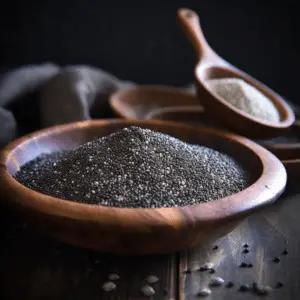
Grow Chia Plant
Planting a chia plant is an excellent way of ensuring you always have a fresh supply of When planting, determine the best thriving conditions for your chia plant or seeds. This way, you’ll know how best to cater to the plant.
Conclusion
Chia do expire. However, they do so after a long time that they would have served their purpose and get finished before they get the time to go bad.
